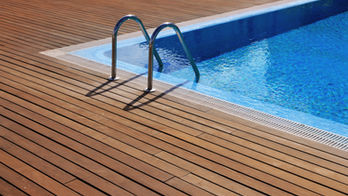
Child Safe Play Areas
Karatasi ya Taarifa za Usalama #
20
Overview
Child safe play areas restrict a child’s access to water by creating a barrier between the child and a drowning hazard. They can be used both inside and outside the home to assist parents in the supervision of their children and are also commonly used on farms to prevent children from wandering into dams, rivers, feeding troughs or irrigation channels where large bodies of water cannot be fenced.
Child safe play areas can be as small and simple as a playpen or as large as a backyard fence. There should be no water bodies or drowning hazards within the play area but they should contain toys and equipment to ensure it is a fun place for children to play.
The child safe play area must be securely fenced and regularly maintained to ensure it is a safe space for children. It should be placed close to the home or inside the home. The fence of the child safe play area should be made of sturdy materials that are not easily climbable by children. There should be no gaps between the fence and the ground, and the barrier should be high enough to prevent children climbing over it. The gate to the child safe play area should be self-closing and self-latching and should never be propped open under any circumstances.
Secure fencing will help to prevent a young child from gaining access to water without adult supervision. Pool fencing requirements, including appropriate ‘child resistant’ gates and latches, can be used as a guide in planning a safe play area.
Children must be supervised at all times while in a child safe play area. Child safe play areas are not designed to replace active parental supervision. They should be located in an area that is easily observable by parents and carers.
Related Items
Explore deeper into our campaign messages to learn more



